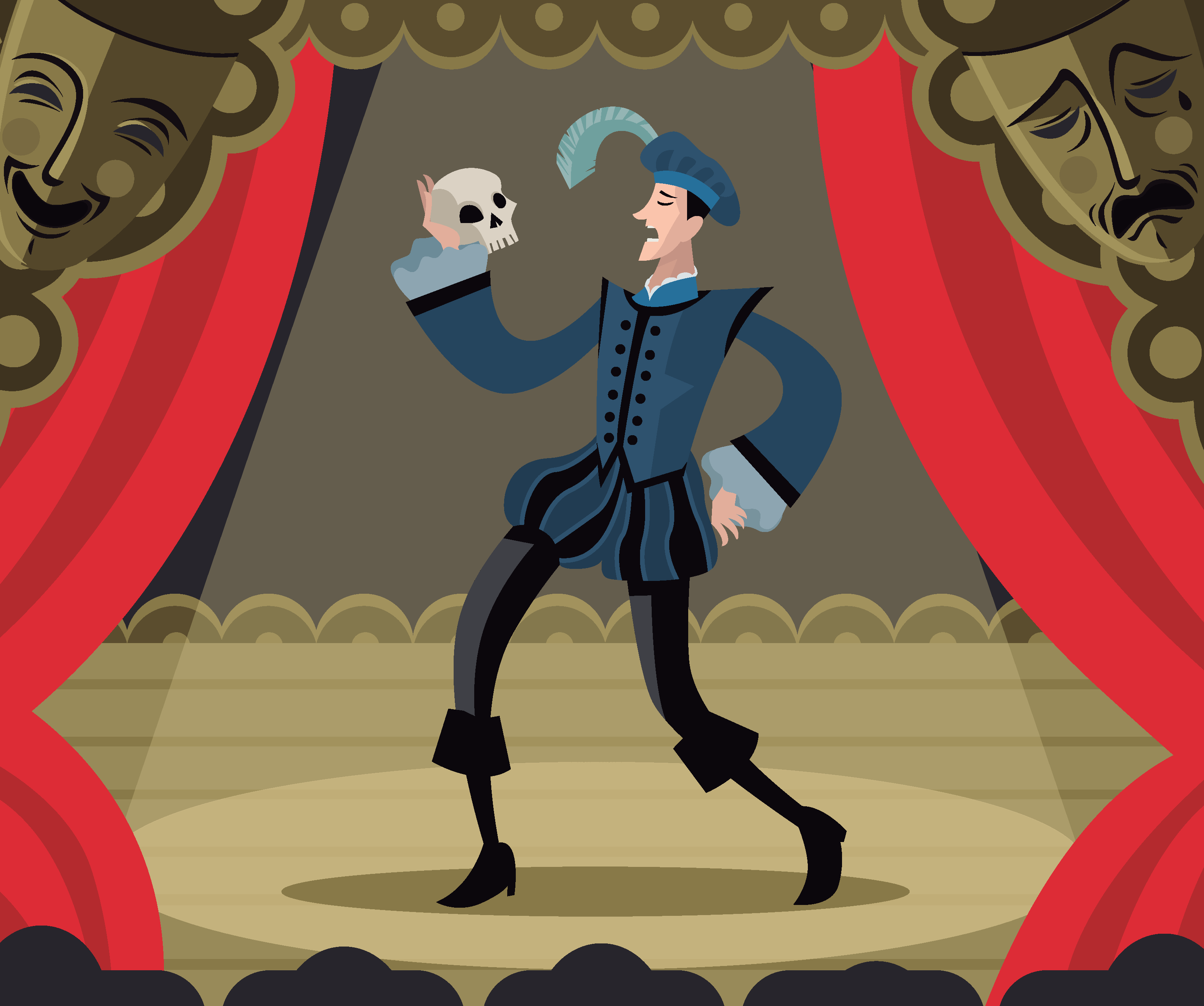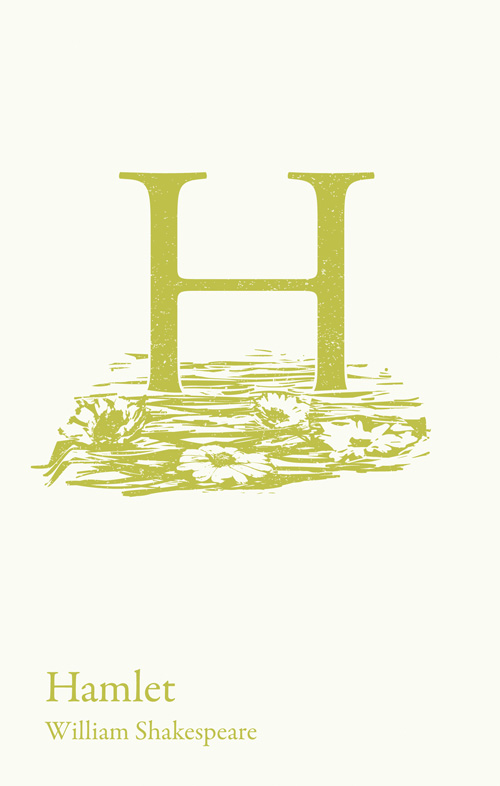Year 12 students returning to school to begin their AS and A-level courses are probably feeling rather like Hamlet at this moment, their heads ‘a distracted globe’ filled with conflicting thoughts. And Hamlet can be a daunting play at the best of times.
But it doesn’t have to be – the play is full of questions and themes that will resonate with modern students in an uncertain world. Shakespeare wrote it at the end of the sixteenth-century, and it reflects both the insecurities of his times and our own. Only a few years earlier, London’s theatres had shut their doors for six months due to the plague and, between 1603-13, were closed for a full ten years. Shakespeare knew what it felt like to live precariously.
The questions and activities below can be used to explore some of the play’s themes – before, during or after reading – as part of a lesson (for instance in discussion or formal debate) or as independent work to develop understanding.
3 questions for engaging with the play:
1: Are different generations always in opposition?
Shakespeare presents an array of complex family relationships in the play: between stepson and stepfather, mother and son, brother and sister. But he also appears to explore intergenerational relationships in Elsinore more broadly: between old men in power (Claudius, Old Hamlet, Polonius, Norway) and young people (Hamlet, Fortinbras, Laertes, perhaps Ophelia) asserting independence. How far is this a play about intergenerational conflict? Can we see a difference in attitude between older and younger characters? What might university mean to Hamlet and other young men like him, beyond an opportunity to study?
2: How do we know we are doing the right thing?
Hamlet spends a lot of time thinking about how to act, and what lies ahead – but do you see this as indecision, caution, or reason? What can Shakespeare tell us about how to deal with uncertainty? Which characters offer suggestions for how best to navigate the unknown, and which of them seem the most successful in this?
3: What is ‘madness’?
Take on one of the biggest questions of the play: is Hamlet’s madness entirely an act? And even, beyond this, is ‘madness’ a social construct? Is Ophelia’s grief-induced madness different to Hamlet’s? What evidence is there that Hamlet is simply acting madness, and what evidence that, in fact, his madness is ‘real’? What do other characters think?
3 student activities for exploring ideas in the play:
1: Rules for behaviour
Behaviour handbooks such as ‘Mirrors for Princes’ were popular in the Renaissance, full of advice on the qualities and skills needed to be a good ruler. In Hamlet, characters are constantly watched, discussed, and told how to behave. Create two contrasting ‘Mirrors’ or ‘Rules’, one for young women and one for young men. You might consider, for instance, the different advice Polonius gives his children, or the fact that, while university offers opportunities to young men such as Laertes, his sister Ophelia has little choice or freedom.
2: Setting the scene
Appearance – how things seem – is a key theme throughout the play. Create a concept for a new staging of Hamlet or create designs for any or all of the following (they don’t have to be drawn – a plan is fine):
- the main court of Elsinore
- costumes for Hamlet, Claudius and Gertrude in Act 1 Scene 2
- the Ghost and Gertrude’s closet in Act 3 Scene 4
- Ophelia, before and after her father’s death
Will you go historical, or try to create links with a modern situation? Think about how the events of the play might unfold within the space you’ve created, with e.g. spaces for watchers, or visible reminders of the old king’s reign. Start by researching some modern stagings of the play for ideas if you are stuck: the RSC website has photographs from past productions.
3: Inside characters’ brains
Hamlet has four major soliloquies in the play, all revealing the workings of his mind, yet the only other character whose mind we see into is Claudius. Write an interior monologue for a character who mind is veiled in the play. For instance, what is Polonius really thinking – are his thoughts as waffly as his speech? Or Horatio – is there anything lurking beneath his calm exterior? How about Rosencrantz and Guildenstern, or Gertrude? In fact, Margaret Atwood’s very short ‘Gertrude Talks Back’ is a great place to start for ideas on what might be going on in a character’s head…
By Lucy Toop, a freelance writer and secondary English teacher in South London.
Collins Classroom Classics are KS3, GCSE and A-level set texts and plays that are perfectly pitched for students.
View the full range, including William Shakespeare’s Hamlet for A-level students.




